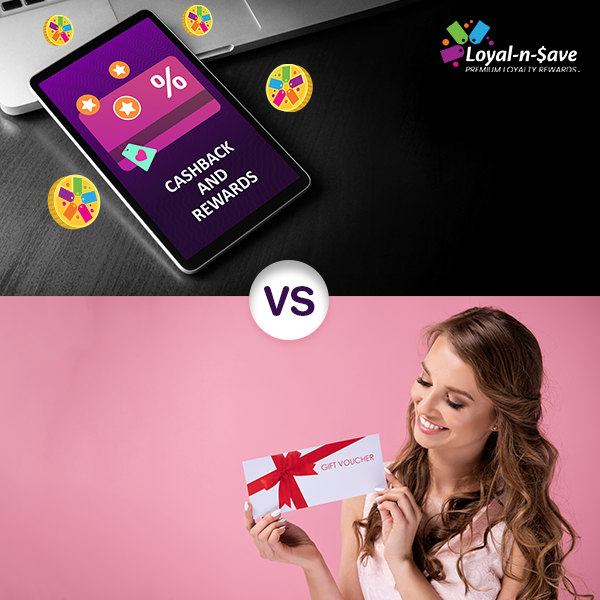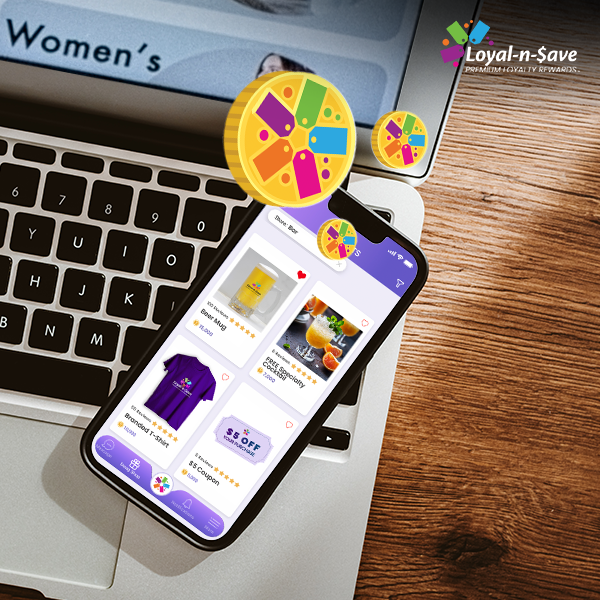10 Fascinating Customer Loyalty Statistics That Will Shape Your Viewpoint

It’s no question that many shoppers belong to loyalty programs. In fact, it’s sort of the norm to see anything from a small sporting goods shop to a large hot sauce emporium offer a program to their fellow customers. Really, anyone can offer their own customer loyalty program, not to mention the fact that there’s something out there for all of us. A local pizzeria can offer a punch card for customers to use to accumulate points for a free large pie, or a pet boutique can offer their own rewards app where customers can earn a free sweater or bag of treats for their fluffy friend really, the possibilities are endless!
While it may appear that there are many loyal customers out there, the statistics revealed indicate the opposite. You probably participate in a couple of the loyalty programs that almost every retailer offers. The idea behind a customer loyalty program is simple enough: make lots of purchases over time, collect points, and then redeem those points for a coupon or a discount on future purchases.
When you give it some thought, though, do the mentioned points actually influence brand loyalty? Does a brand’s emotional connection with a customer grow as a result of points and discounts? Let’s find out in today’s blog.
1. 3.8 billion American shoppers are members of customer loyalty programs
Naturally, you’d say, Well, of course that’s amazing! Free loyalty programs, however, are really only effective in getting new members. Since there are no admission requirements for customers, they might be helpful when you need to gather basic data on a large number of customers. What’s the disadvantage?
A free program’s advantages must by definition be available to as many customers as possible. Because of this, the majority of traditional customer loyalty programs are similar. There isn’t much opportunity for distinction or individualization. There isn’t much motivation to participate in the programs because they don’t significantly enhance the lives of their members.
2. Customers are members of 14.8 loyalty programs on average, but are active in only 6.7 of them
Only half of customers who participate in rewards programs actually use them. Joining a loyalty program seems like a logical idea. You could sign up for the loyalty program of the department store in the mall you visit only occasionally. You’re aware that you’ll eventually come back. But if you only have a limited amount of time, naturally, you would choose the location that is closest to your home.
3. The inactivity rate for loyalty programs is 54%
This statistic backs up the one before, but when conveyed in this manner, it has a significant impact. Each year, businesses spend billions on loyalty programs, but if the majority of customers aren’t engaging, it feels pointless.
4. 13% of customers are loyal customers who don’t compare prices
It’s not their fault, but there are less and fewer loyal customers. It’s because stores don’t provide them any reasons to remain loyal. Despite being taking part in various loyalty programs, customers are not loyal. Consider a business that you will always use, even if a competitor offers a lower price. Are there any businesses that provide something worthwhile that would prevent you from browsing the competition?
5. Instant discounts, according to 60% of customers, are a benefit that encourages them to sign up for premium loyalty programs
Making it as simple as possible for a customer to constantly access their benefits is crucial for this reason. Customers are likely to put off shopping until they receive a coupon or offer since they have become accustomed to waiting for savings. Despite the hassle, customers want to believe they are receiving a good deal. However, customers would interact much more if they could access and use their benefits whenever they wanted, especially on mobile devices without requiring a physical coupon.
6. 71% of customers said that having mobile access to their loyalty cards and rewards would make them more likely to use them
Nothing is more frustrating than trying to use a loyalty card or coupon while out shopping and realizing you left it in your car or another wallet. An enjoyable experience can become unpleasant if you don’t receive the savings or benefits you were expecting. PetSmart did an outstanding job with their loyalty program, Treats, which can be easily accessed on a member’s phone thanks to their exclusive app if they wish to redeem, for example, $5 off any purchase in the store or a complimentary grooming service.
7. American shoppers are 81% more likely to remain loyal to a business if it is there when they need it but apart from that respects their time and leaves them alone
This statistic illustrates why it’s crucial to incorporate personalization into your rewards program. Businesses can send too many emails and direct mail items to customers. They do it because they receive a response, but individualized messages garner the most responses. However, many people will naturally delete emails that have nothing to do with their interests immediately.
On the other hand, customers are more likely to interact when they receive emails on products or deals they are interested in. Remember that pet boutique example mentioned earlier? Just imagine sending an email to a customer regarding a sale on cat food when they own only a dog. If your loyalty program offered customization, dog owners would only receive notifications regarding dog-related products and services. This is an excellent demonstration of how a loyalty program can be utilized to learn
more about your customers and only present them with offers that would improve their lives.
8. 75% of customers wish to be rewarded for participation that goes beyond making a purchase
There are still many businesses that don’t offer rewards to customers who provide suggestions or engage in other non-transactional types of communication. Customers need incentives to go above and beyond for your brand. A reward as a token of a business’s appreciation can sometimes result from leaving a review of a product and the service received. It serves as a great example of thinking far beyond the purchase. Reviews play a significant role in choosing a particular business when making purchases.
9. 86% of customers are more loyal to businesses where rewards programs are provided
Fortunately, loyalty programs are effective. Customers who interact with a business more frequently tend to shop less frequently overall. But participation is the operative word. Members of loyalty programs tend to be more devoted customers, but it is the obligation of the business to entice customers to sign up by providing excellent quality.
10. 80% of executives believe their brand is aware of the wants and needs of their customers; only 15% of customers agree
The facts are accurate. Numerous businesses continue to deceive themselves into believing they have customer loyalty protected, despite the fact that there has been a lot of research done in this area. They execute and manage standard, transaction-based reward programs and see this as a success in terms of their loyalty strategies. The issue is found there. Loyalty is a long-term strategy to develop your business around, not a tactic. Customers want a transformation that businesses have not yet promised to make.
Conclusion
Although in many ways loyalty is faulty, it can still be repaired. Thankfully, these statistics on customer loyalty discussed have outlined the steps to creating true customer loyalty.
Here are some of the lessons we can take from these statistics:
Pay attention to what your customers want.
Provide them with a motivation to promote your brand, and reward them for it.
Never overwhelm them. When they need you, be there for them, but refrain from flooding their mailboxes and inboxes. Make sure to personalize it.
Do not forget that creating a points system is only one aspect of loyalty. It’s a very important strategy that enables businesses to achieve a deeper connection with their most valuable customers. Are you ready to create the best loyalty club for your
business? You are taken care of by Loyal-n-Save! With our wide range of comprehensive features, we can help you make your vision become a reality and preserve your existing customers while attracting new ones. Give one of our Loyal-n-Save experts a call today!
This article was written by Loyal-n-Save, an omni-channel customer loyalty solution for retailers looking to increase customer retention and new customer acquisition.
Posted on Oct 11, 2022








